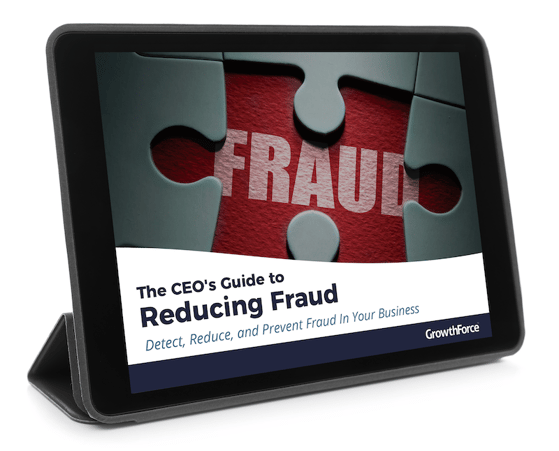7 min read

Protecting personal assets is a fundamental reason many entrepreneurs opt to form a corporation or LLC. This safeguard, known as the corporate veil, grants owners and managers limited personal liability against the company's debts and claims.
|
Key Takeaways
|
What Is The Corporate Veil?
A primary advantage of forming a corporation or LLC is to protect the owner’s personal assets. The most common forms of corporation in small to medium sized businesses are LLC’s and S-Corps. Owners and managers receive limited personal liability for the company’s debts. In other words, they receive a shield, or veil, that protects their personal assets in the event of a company debt or claim against the company.
Under certain circumstances, a court can pierce the company’s corporate veil, which enables creditors to go after the owners’ personal assets, including their home, their bank accounts, and any other assets they personally own.
How Is The Corporate Veil Pierced?
There are several ways this can occur, including fraud.
However, the most common mistake that many small business owners with an LLC or S-Corp make is commingling of funds. In order to maintain the liability shield, there needs to be a clear separation of company and personal finances. This is where accountants can help. We are the first line of defense in understanding how to account for transactions which may be, or appear to be, personal in nature.
Read More: How to Protect Your Small Business From Fraud
Examples of commingling funds:
1. Using a company card or cash to purchase personal items or meals
2. Using company cash to make payments to personal taxes or other debts (personal credit cards)
3. Using personal cash or credit to make business purchases (owners may do this because they have higher limit personal credit cards, or simply because they want the reward points)
4. Depositing business checks into a personal bank account
5. Using the same bank account for business and personal use
How to detect, reduce and ultimately prevent fraud in your business.
[DOWNLOAD] The CEO's Guide to Reducing Fraud in Your Business
Correcting The Mistakes
Commingling personal and business funds within a corporation is strongly discouraged, but there are circumstances, especially for small business owners, when the owner deems it necessary. The most important thing to do is a) identify these transactions and b) understand how to account for them. The easiest way to account for them is to identify them prior to recording them on the P&L. Commingled funds should never be recorded on the income statement. These funds should always be recorded as owner contributions/distributions in the equity section of the balance sheet.
Read More: What If The IRS Knocks On My Door? How To Handle An Audit Of Your Business.
Applying appropriate accounting principles is easy to do when the accountant is aware and looking for these transactions as they arise. Accounting becomes more complicated when it’s necessary to correct transactions that have occurred throughout the year, especially when there is a lot of volume and/or prior periods are affected. Account reconciliations become a very important tool in correcting these transactions, and there are creative strategies we can implement to correct high volume transactions more efficiently in the accounting software.
As the accountants for these companies, it is important that we communicate the risk of commingling funds when operating a corporation, LLC, and S-Corp, and apply the appropriate accounting treatment in order to shield the corporate veil. Awareness is the first step.
Now is the perfect time to identify and correct any transactions that may have occurred during the year. Working with an advanced, outsourced accounting service provider makes it easy to correct these transactions, record them properly, and establish thorough controls that will ensure proper separation of business and personal funds going forward.

.png?width=563&height=144&name=New%20GF%20Logo%20(37).png)



